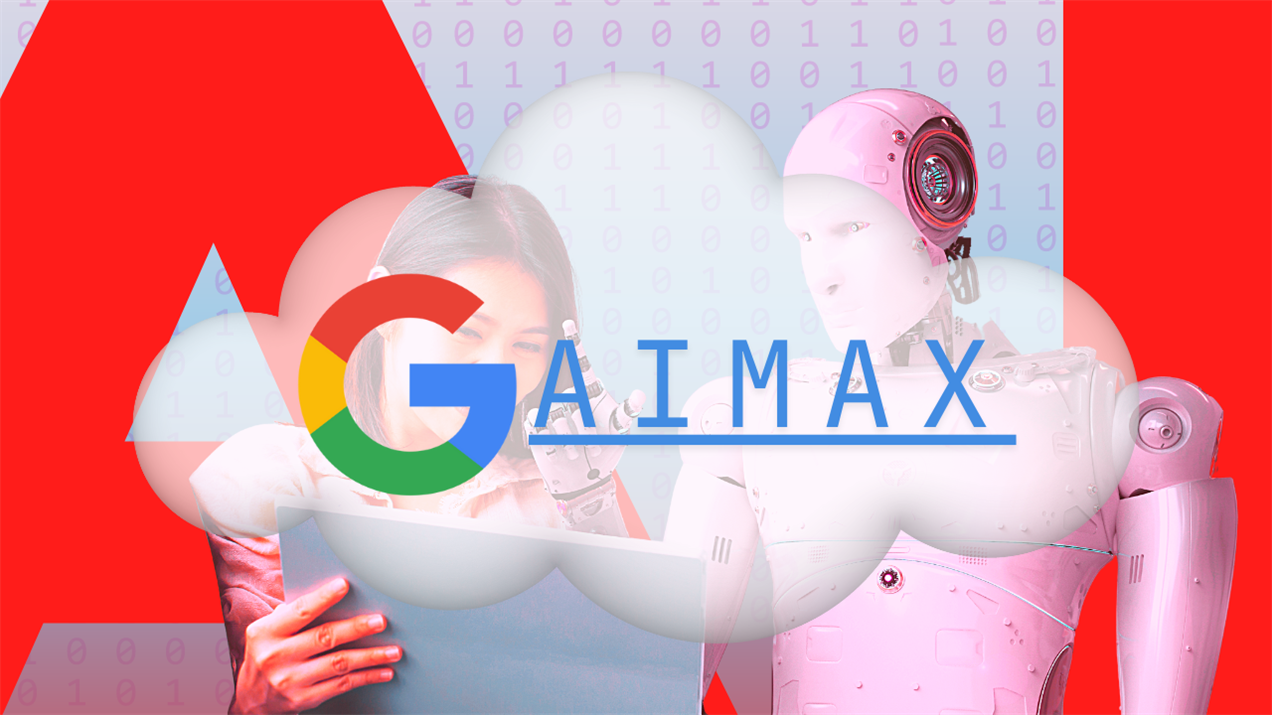Google AI Max for Search: What It Means for Your Campaigns

Google’s latest innovation — AI Max for Search campaigns — isn’t just another feature toggle. It’s a fundamental shift in how Search campaigns can scale reach, match intent and dynamically tailor creatives to maximise performance. We’ve been testing AI Max internally, and the early results show real gains for advertisers ready to embrace Google’s AI stack.
What Is AI Max for Search?
AI Max is a one-click upgrade to your existing Search campaigns, layering on the best of Google’s AI-powered features:
- Search Term Matching — Goes beyond your keywords with broad match + keywordless targeting to uncover high-intent queries you’d never capture otherwise.
- Text Customisation — Generates relevant headlines and descriptions dynamically using your landing page, existing assets, and generative AI.
- Final URL Expansion — Sends users to the most relevant landing page on your site for their query, not just the static URL in your ad.
Google data shows that advertisers activating AI Max typically see +14% more conversions at the same CPA/ROAS. For campaigns still heavily reliant on exact and phrase match, that uplift climbs to +27%.
Why It Matters Now
Search behaviour is evolving rapidly. AI Overviews, AI Mode, and multimodal tools like Lens and Circle to Search are making queries longer, more conversational, and more varied.
- 15% of daily searches are brand new, and queries are getting more complex.
- Users are engaging with richer, AI-powered answers — which means ads need to match intent, not just keywords.
AI Max aligns your campaigns with these shifts, helping you surface in moments of untapped commercial intent.
Key Takeaways for You
- Think Intent-First, Not Keyword-First
With Search Term Matching, AI Max identifies potential customers even when they don’t use your exact keywords. This is critical for catching demand from the 75% of shopping queries that are broad and discovery-focused. - Let AI Optimise Creative in Real Time
Text Customisation adapts your messaging to match the user’s query context. For high-performing campaigns, this can mean micro-alignment between search intent and ad copy — at a scale impossible to do manually. - Make Landing Pages Work Harder
Final URL Expansion automatically routes traffic to the most relevant page, boosting relevance and conversion likelihood. Pair this with a site-wide CRO review to maximise gains. - Control Where It Matters
Use URL exclusions, negative keyword lists, and (coming soon) asset exclusions to maintain brand safety while still giving the AI enough room to perform. Over-controlling will choke the uplift. - Test Methodically
Use Google’s new in-campaign experiment setup for AI Max:- 50/50 traffic split within your existing campaign
- Minimum 2-week learning period, 4+ weeks test window
- Avoid seasonal anomalies and budget caps
- Measure against CPA/ROAS and total conversion volume
How We’re Implementing AI Max at Stellar Search
We recommend a phased rollout:
- Start with non-brand campaigns that have healthy conversion volume and room to scale.
- Layer in brand campaigns if you want to amplify brand reach and protect high-intent queries.
- Monitor Search Term Reports for relevance and performance, adding negatives only where there’s data-backed reason.
- Use Landing Page Reports to identify CRO opportunities from AI Max’s URL choices.
Our own tests mirror Google’s benchmarks — campaigns with AI Max are consistently surfacing in more valuable auctions, driving incremental conversions without inflating cost-per-acquisition.
The Bottom Line
AI Max for Search isn’t about relinquishing control — it’s about focusing human effort where it delivers the most value: strategy, creative direction, and offer refinement. Let the machine handle the matching, micro-messaging, and routing at scale.
In a search landscape where user behaviour is becoming richer, less predictable, and more multimodal, AI Max gives your campaigns the adaptability to stay visible and relevant.











23.png)






